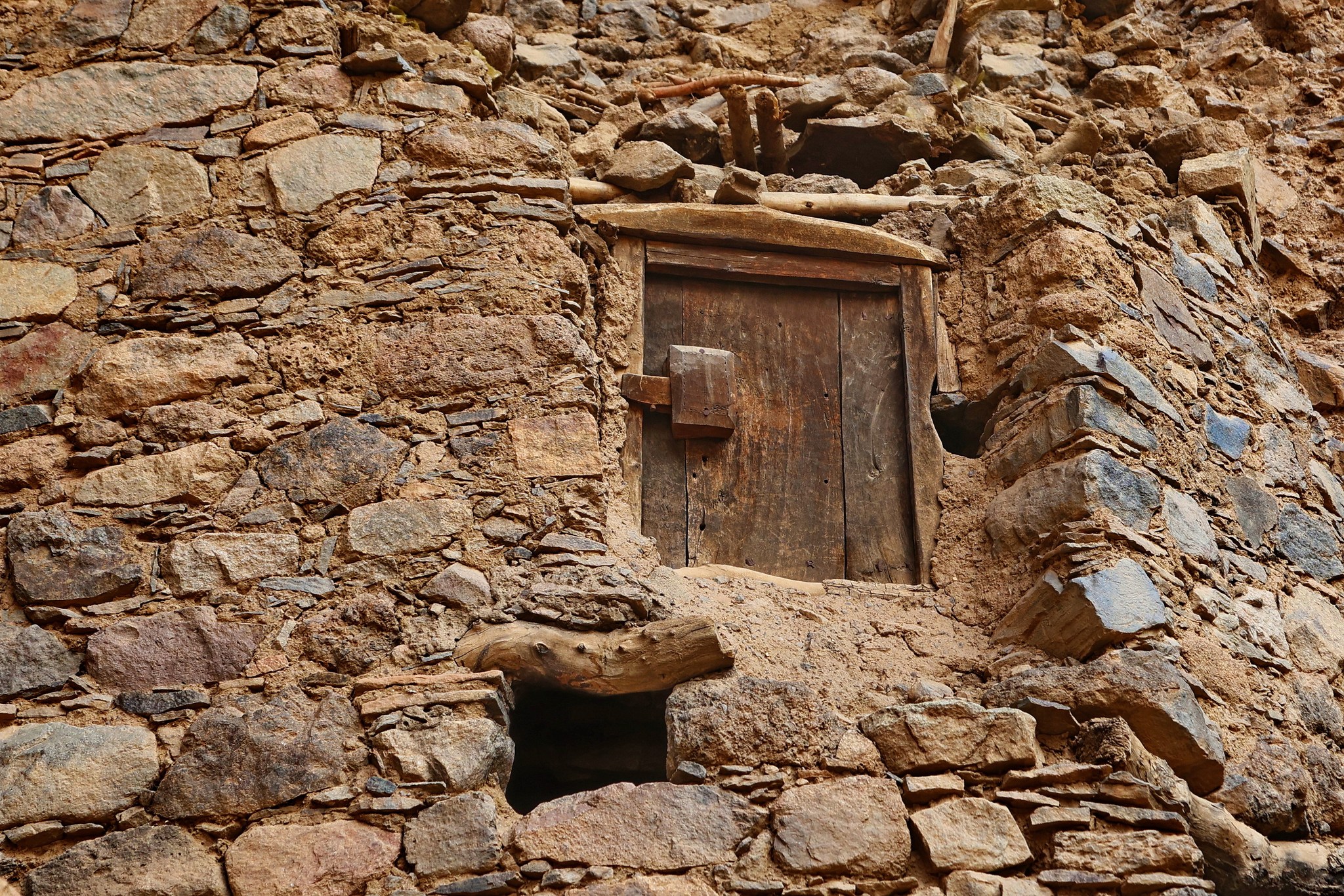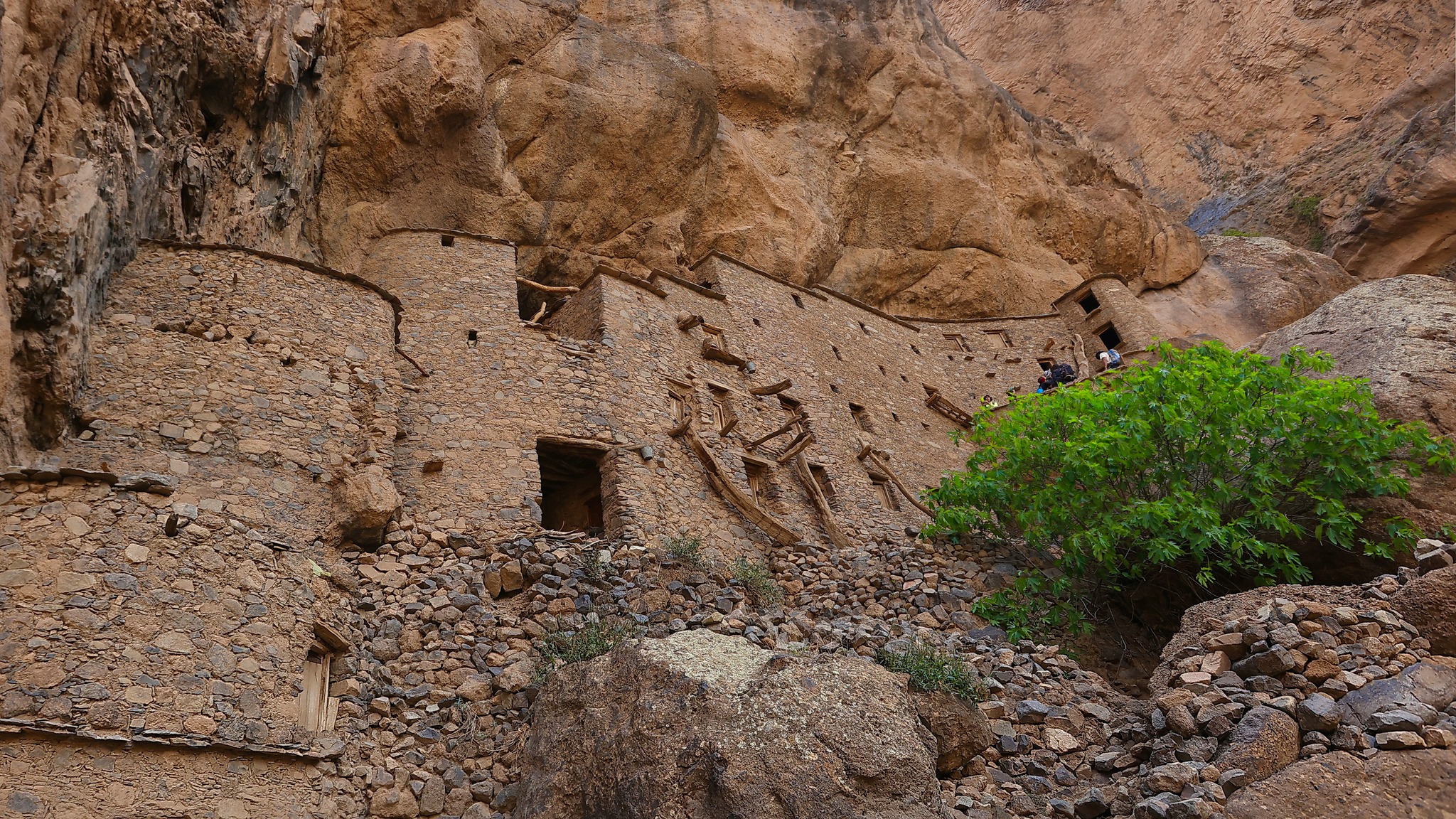Have you ever wondered how ancient civilizations protected their most valuable resources? Tucked away in Morocco's dramatic landscape, the Amazigh granaries stand as a testament to human ingenuity and community spirit. These remarkable structures, known as 'igrem' or 'agadir' in the Amazigh language, aren't just ancient storehouses - they're a window into a fascinating system of community organization and mutual support.
What Are Amazigh Granaries?
The Amazigh granaries are incredible architectural achievements perched at dizzying heights of around 1,800 meters along rocky cliff bands. These structures weren't built for the faint of heart - their precarious positions served a vital purpose: protecting the community's precious resources from raiders and wild animals.
Types of Amazigh Granaries

The Amazigh people developed different styles of granaries to match their specific needs and environment:
- Aerial Granaries: Perched on cliff faces and rocky ridges, offering natural protection
- Underground Granaries: Carved into rock or soil, perfect for preserving food in arid regions
- Fortified Granaries: Collective structures typically found in plains or at mountain bases
The World's First Banking System?

Here's something fascinating - these granaries might actually represent one of the world's earliest banking systems! Each family owned a storage space within the agadir, and the whole system was managed by a trusted guardian called an 'amine.' This person acted like an ancient bank manager, overseeing the fair distribution of space and ensuring everyone's belongings remained secure.
What Did They Store?
The granaries protected vital community resources including:
- Cereals
- Honey
- Wool
- Weapons (especially during colonial times)
Visiting the Granaries Today
If you're planning to visit these remarkable structures, here are some practical tips:
- Location: The granaries are accessed via hiking trails
- Guide Services: While some trails seem accessible, local guides can be invaluable for:
- Finding hidden pathways
- Sharing historical context
- Ensuring safety on challenging routes
- Preparation: Bring plenty of water and comfortable hiking shoes
- Photography: The views are spectacular, so don't forget your camera!
Cultural Significance
The granaries represent more than just storage spaces - they're a brilliant example of how the Amazigh people combined:
- Architectural innovation
- Community organization
- Social solidarity
Did you know? The city of Agadir actually gets its name from these structures - 'agadir' means 'fortified granary' in the Amazigh language!
Preservation and Legacy
While many of these granaries are no longer in active use, they remain invaluable historical monuments. They show us how communities can work together to create sustainable systems that benefit everyone - something we could perhaps learn from today.
Your Turn to Explore
Have you visited any of Morocco's ancient granaries? Or perhaps you know of similar traditional storage systems in other parts of the world? I'd love to hear your thoughts and experiences in the comments below!
